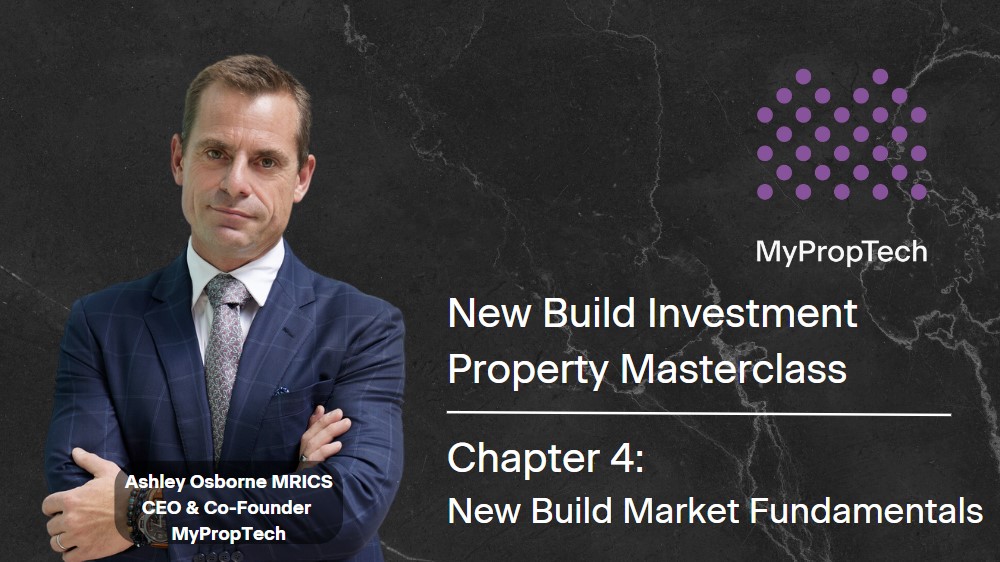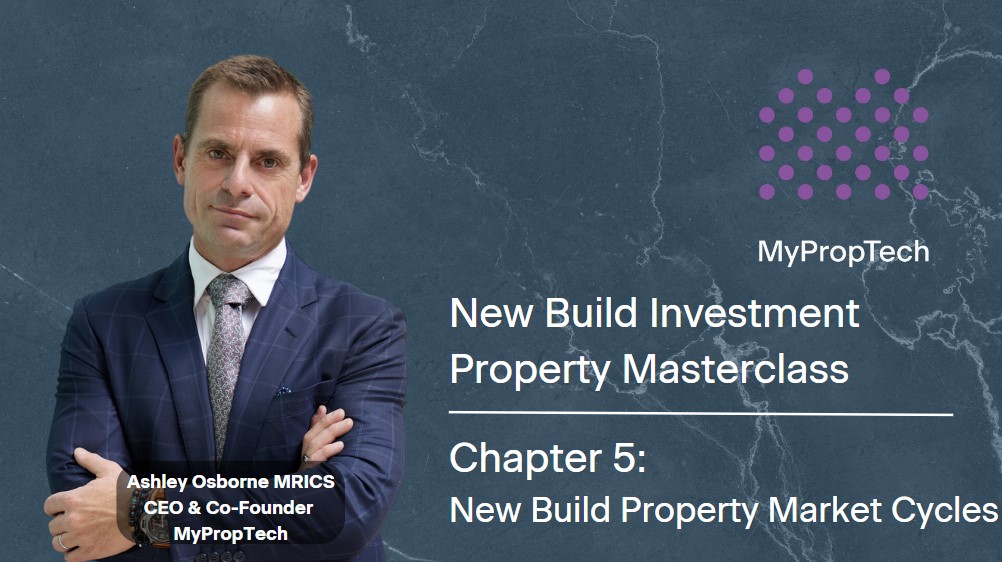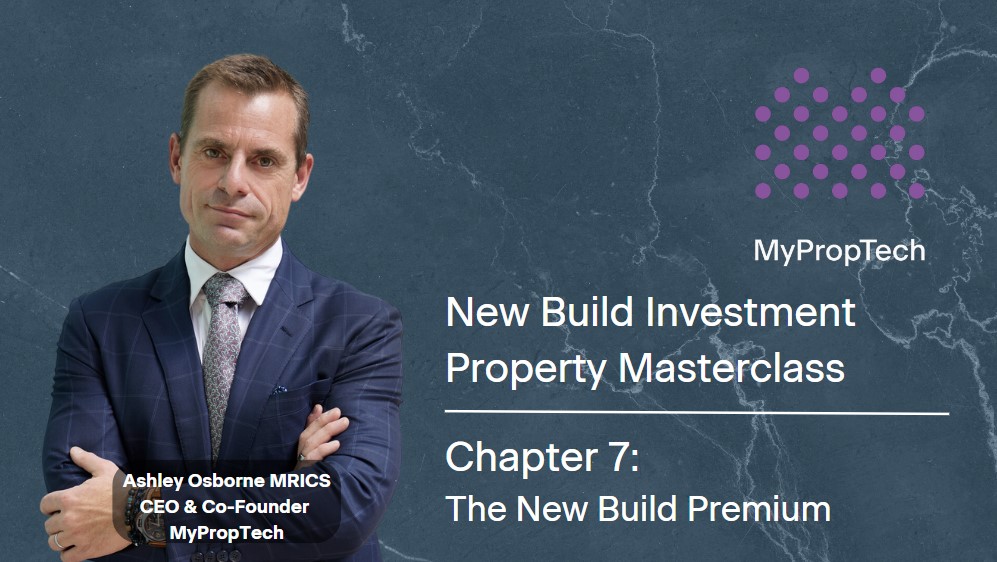New Build Investment Property Masterclass: Chapter 10 - Who's Who in the New Build Market
Who's who in the new-build market
Many players operate within the new-build market. Who are they, and what are their roles in the development of new residential housing?
Landowners
Landowners are the initial building block of any new development. No new development can take place without land. People and companies own land for a variety of reasons, the most common of which are:
- Self-use occupiers: Parties who own a parcel of land to use it themselves, whether to operate a business or have their home on the land.
- Governments, utilities & public bodies: These are large owners and occupiers of land. Some of this land is utilised to its full capacity, while other parcels of land may not be being used, or may be significantly underutilised.
- Investors: They own potential residential development sites, because they believe there is long-term value in speculating on what may be developed on the land in the future.
- Developers: They own land which they intend to develop in the short term. However, many also have significant land holdings, known as land banks, which they hold to have a supply of land which can be developed in the longer term.
Regulatory bodies
Most regulatory bodies relating to real estate investment are either government bodies or have their powers granted by central governments:
- Governments set laws and regulations relating to real estate, including ownership and the operation of land rights, as well as laws relating to how construction work should be procured and delivered.
- Planning authorities set guidelines for residential development, and assess and preside over applications for new developments.
- Central tax authorities impose taxes on land and its transfer, as well as taxes on the newly developed asset.

Developers
When people use the term 'development', they generally mean constructing a new building. In practice, development covers a much broader area of improvements, from obtaining permission for development, to building a scheme or undertaking a refurbishment program.
Purchasers
Numerous parties purchase property throughout the development cycle. They can generally be categorised into the following groups:
- Owner occupiers: One of the key characteristics of owner-occupiers is that they will generally be more willing to pay the highest amount for the property being developed. This is because they usually consider its perceived use as having greater value to them.
- Government & social housing providers: In most developed economies, governments have an obligation to provide housing to their most vulnerable citizens. Many do this through social housing providers; these social landlords buy new housing and provide this accommodation to their residents.
- Institutional landlords: Often referred to as being part of the ‘multifamily’ or build-to-rent market, institutional landlords are large investors such as pension funds, who invest capital on behalf of their shareholders to generate income from the long-term ownership of residential property. These investors own the whole asset, and assume responsibility for managing the asset and generating income from rentals and providing additional services to their tenants.
- Professional landlords, family offices: A professional landlord is distinct from an institutional landlord in that they rarely own or control the whole building.
- Buy-to-let investors: A buy-to-let investor purchases residential property to generate a return, whether for capital appreciation or to generate income, or a combination of both.
- Underwriters: Underwriters are a group of purchasers who are rarely discussed or understood by the mainstream market. Underwriters sit between the developers of residential assets and purchasers. They purchase large allocations of residential property from a developer, thereby accepting the developer's sales risk, and then sell the property at an increased price.
 By
By


